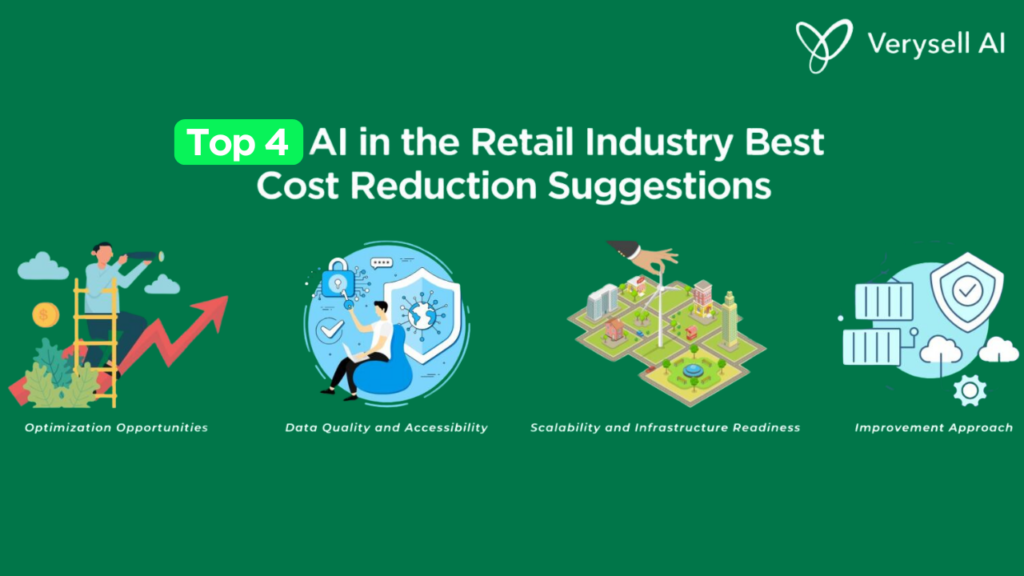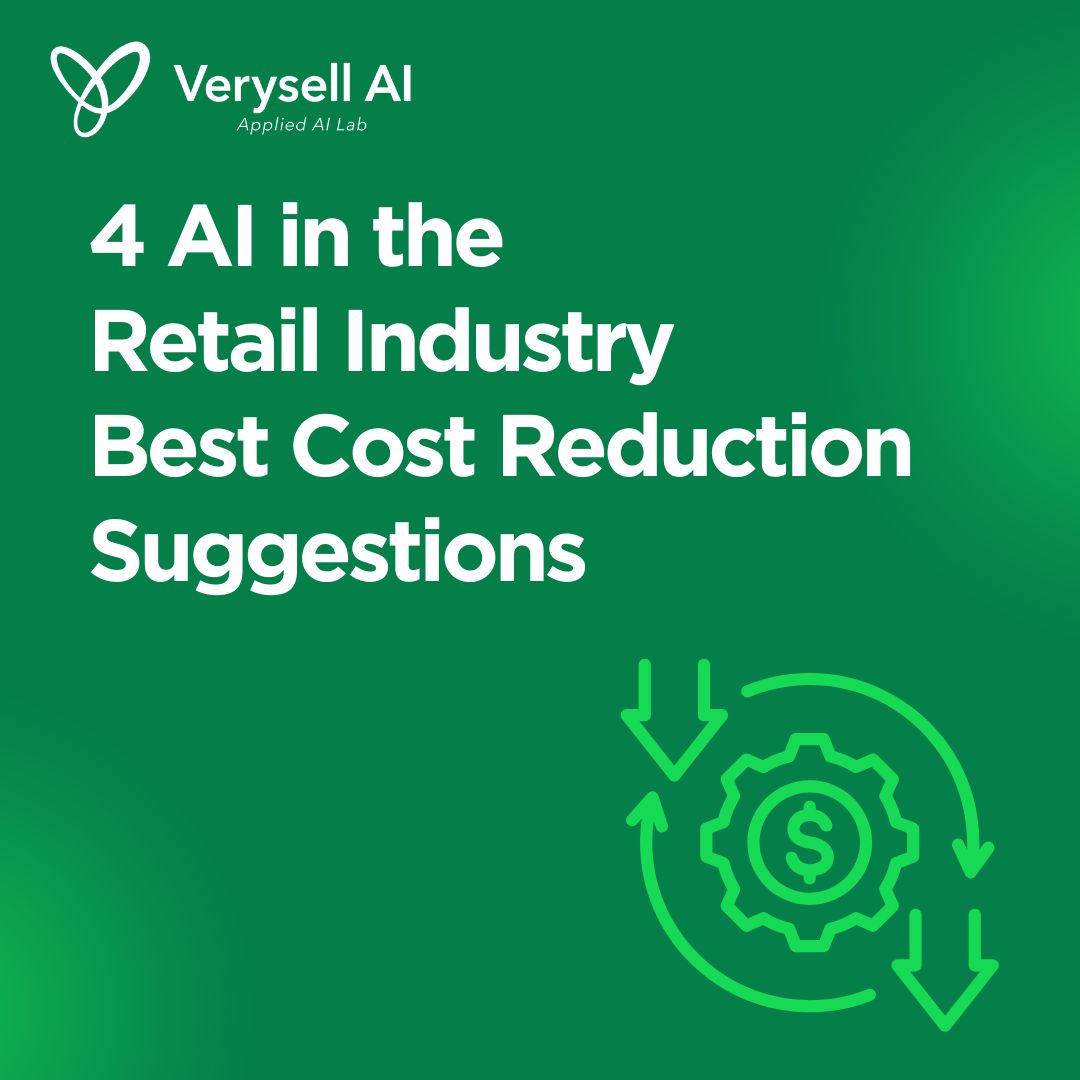AI in the retail industry is the use of artificial intelligence to improve retail industry operations, enhance customer experience, and optimize merchandising, demand forecasting, and supply chain management. Explore innovative solutions that empower retailers to streamline processes and improve customer experiences while maximizing profitability.

How AI in the retail industry is changing
AI is increasingly enhancing retail experiences, offering customers seamless shopping journeys they appreciate. When shoppers visit online stores, AI personalizes their experience with tailored offers based on previous purchases. Additionally, it can provide timely updates, such as low stock notifications for products of interest. In physical grocery stores, AI is crucial for maintaining well-stocked shelves, ensuring a diverse array of fresh products is readily available for customers. To remain competitive, retailers must elevate both customer experience and operational efficiency, and many are turning to AI solutions for assistance. It’s projected that the market for artificial intelligence in retail will expand from $11.83 billion to $54.92 billion by 2033 (Source: Khyati Hooda, 2024)

Technologies like machine learning and natural language processing drive innovative shopping features that engage customers and encourage repeat visits. At the same time, advanced demand forecasting and predictive analytics tools empower retailers to leverage data for better decision-making. These real-time insights help streamline operations, cut costs, and adapt to fluctuating markets by fostering responsive and resilient supply chains.
>> Read more: AI in the retail operations
How AI help retailers reduce operational costs
To effectively leverage AI in the retail industry for cost reduction, a strategic approach is essential. While some initiatives can be executed using your existing resources, others may require specialized integration. Here are some suggestions for identifying opportunities to incorporate artificial intelligence into your organization.
Identifying Optimization Opportunities
Begin by thoroughly analyzing your business processes to pinpoint areas where AI in the retail industry can have the most significant impact. Focus on segments with high operational costs or repetitive tasks suitable for automation. Prioritize these opportunities based on potential return on investment and feasibility. Look for both immediate improvements and long-term benefits. For example, Fidelity not only reduced expenses but also halved their contract processing time through AI, illustrating how this technology can enhance efficiency while saving money.

Ensuring Data Quality and Accessibility
The effectiveness of your AI relies heavily on the quality of your data. Implement robust data management practices to ensure your data is clean, organized, and appropriately labeled. Establish a centralized data repository that your AI systems can easily access and analyze. Create processes to maintain data accuracy and consistency, including regular audits and cleanup to avoid the “garbage in, garbage out” issue that can undermine AI effectiveness. Explore tools that can automate these tasks and help maintain high data quality over time.

Scalability and Infrastructure Readiness
When selecting AI solutions, consider your company’s growth potential. Choose platforms that can scale with your business and integrate well with your existing technology to avoid costly system overhauls in the future, ensuring that your AI investment remains valuable over the long term. Look into cloud-based solutions that allow you to adjust resources as needed, and ensure that your network, storage, and processing capabilities can support your AI initiatives. Plan for how you might want to expand AI applications across different areas of your business.

Source: Info-Tech Research Group
Maintaining a Continuous Improvement Approach
Establish a framework to monitor the performance of your AI systems. Set clear metrics to measure their effectiveness in reducing costs, and regularly assess their impact. Create feedback mechanisms to help continuously refine your AI models and processes. Cultivate a culture in which everyone is encouraged to learn about and engage with AI in retail. Ongoing training will enable your team to maximize the benefits of these tools. Keep in mind that implementing AI in the retail industry is not a one-off project but rather an ongoing journey toward continuous improvement.

Source: Creative Safety Supply
Example
Retailers have adopted AI to enhance customer experience and reduce operational costs. AI-powered shopping carts, such as Caper Carts, offer immediate savings through digital coupons and assist shoppers in staying within budget. These carts streamline the shopping process by automatically scanning, weighing, and calculating items, functioning as self-checkouts, and reducing the need for additional staff.
Conclusion
AI in retail is set to create substantial transformations that are already enhancing customer experiences, boosting operational efficiencies, and promoting sustainable business practices. By effectively integrating AI across the retail industry demonstrates, you can better adapt to evolving customer demands and gain a competitive edge in the marketplace.


